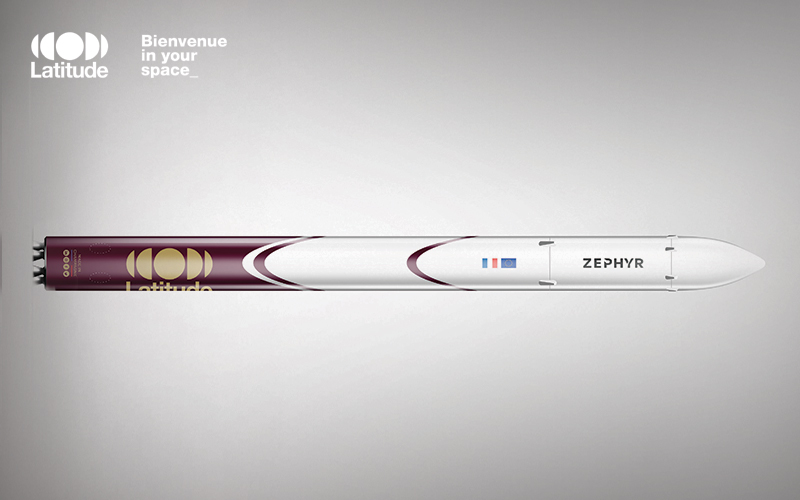
French launch startup Venture Orbital Systems this morning announced that it had closed a €10 million Series A. The company also revealed that it was preparing to rebrand itself to Latitude.
Venture Orbital’s Series A funding round was led by Crédit Mutuel Innovation and Expansion with participation from BPI, Comat, Nicomatic, and ADF.
The funding will be utilised to accelerate the development of the company Navier rocket engine which will power both the first and second stage of the company’s two-stage Zephyr launch vehicle, which is set for a 2024 debut. It will also be used to continue the development of the rocket’s tanks, structure, fairing, and onboard electronics and software.
The launch startup is in the process of constructing a test bench with the aim of completing its first hot fire test from ArianeGroup’s facilities in Vernon in the second half of this year. In the last two months, Venture Orbital has doubled its headcount with a current staff complement of 60 people.
The rebranding
Venture Orbital is dead, long live Latitude! That’s right, the French startup plans rebrand itself to Latitude with a new logo and rocket livery. Talking to European Spaceflight, Latitude CEO Stanislas Maximin explained that the new name ensured that it is not constrained to be just a launch company. Stanislas also said that the old three-word name was just too long.
When deciding on a new name, the Venture Orbital team wanted something that was a single word that was French but still “pronounceable and understandable” in English. Latitude ticked both of those boxes and also invokes, according to Stanislas, the various latitudes that can be reached when you ride with Latitude.
The rocket
In addition to the rebranding, Latitude has also revealed an updated Zephyr design. The new rocket design is two-metres taller at 17 metres and includes three more 3D-printed Navier engines on the first stage for a total of nine. The second stage is still powered by a single vacuum-optimised Navier engine.
Unspupringly with more engines comes more power. Zephyr will now be capable of deploying more than 100 kg payloads to orbit an increase from just 80 kg with the prior design. The only other change is the addition of the burgundy livery with the new logo.

